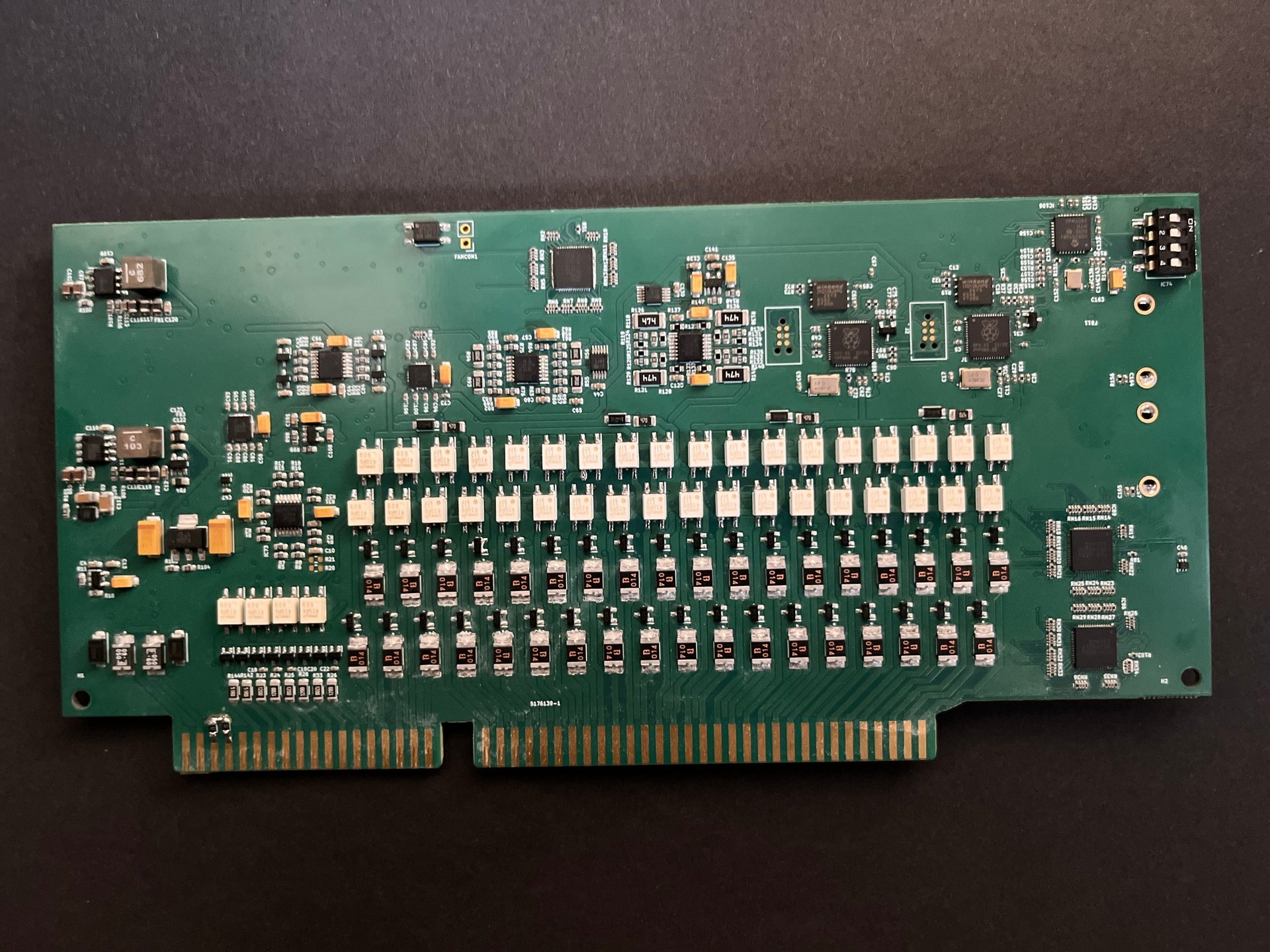
Electronics Testing Methods
Various testing methods are applied during the electronics manufacturing process, each tailored to a specific production stage and product complexity level. Below are the main testing methods, their explanations, advantages, and disadvantages.
In-Circuit Testing (ICT)
ICT is used to check whether individual components such as resistors, transistors, capacitors, etc., are correctly mounted on the PCB (printed circuit board). ICT also checks for connection issues, such as shorts or open circuits.
Advantages:
Fast and efficient:
ICT allows for quick checks of all electrical components in high-volume production.
Detects various errors:
Identifies incorrectly connected components, soldering errors, and missing elements.
Automated process:
Can be easily integrated into automated production lines.
Disadvantages:
Expensive infrastructure:
Requires custom fixtures (Bed of Nails), which can be costly, especially for lower volume production.
Limited applicability for small batches:
ICT solutions are cost-effective only for larger batch production.
Flying Probe Testing
Flying Probe Testing is an alternative to ICT, using mobile probes to check the electrical points on the PCB without fixed fixtures. This method is typically applied to small series or prototype production, where large investments in fixtures are not cost-effective.
Advantages:
Flexible solution:
Flying Probe doesn’t require fixtures, making it ideal for small series or prototypes
Quick deployment:
No need to create specialized testing platforms, allowing for fast testing initiation on new products.
Disadvantages:
Slower process:
Flying Probe testing is slower than ICT, as probes contact each component individually.
Lower accuracy:
This method is not suitable for high-volume production requiring high precision and speed.
Automated Optical Inspection (AOI)
AOI uses optical systems to visually inspect the placement of components and the quality of soldering on PCBs. AOI can detect mechanical errors, such as incorrectly mounted or missing components.
Advantages:
Rapid visual inspection:
AOI can quickly identify obvious assembly errors, missing components, or soldering defects.
Non-contact method:
Since it’s an optical method, AOI does not damage the board or components as it doesn’t require physical contact.
Automated process:
Can be easily integrated into automated production lines.
Disadvantages:
Does not detect electrical errors:
AOI can only identify visual defects and cannot determine if components function electrically correctly.
Expensive equipment:
AOI equipment can be costly, especially for smaller companies.
Functional Testing (FCT)
FCT is used to verify that the entire product operates as intended according to specifications. During FCT, all components of the final product are tested to ensure they work together seamlessly. This includes not only electrical functions but also mechanical ones.
Advantages:
Comprehensive product testing:
FCT ensures that the final product will perform according to specifications.
Versatility:
Can be adapted for many different products, with testing covering both electrical and mechanical functions.
Disadvantages:
Slower process:
FCT is slower because it requires checking the functionality of the entire product, including compatibility of complex systems.
Custom test stands required:
FCT often requires custom testing setups, which can increase costs, especially when testing different products.
X-ray Inspection
X-ray inspection is used to examine internal PCB structures and components that cannot be checked visually or by traditional testing methods. This is especially crucial for multilayer PCBs or components using BGA (Ball Grid Array) technology.
Advantages:
Detects internal issues:
Allows detection of connection defects that are not visible on the surface, particularly in multilayer PCBs or BGA components.
Useful for complex products:
This is an excellent solution for intricate and miniaturized components that are impossible to inspect using other methods.
Disadvantages:
Costly testing:
X-ray equipment is expensive, making this method usually reserved for high-value products or cases where other methods are insufficient.
Slower process:
X-ray inspection takes longer than traditional methods, making it inefficient for high-volume production.

